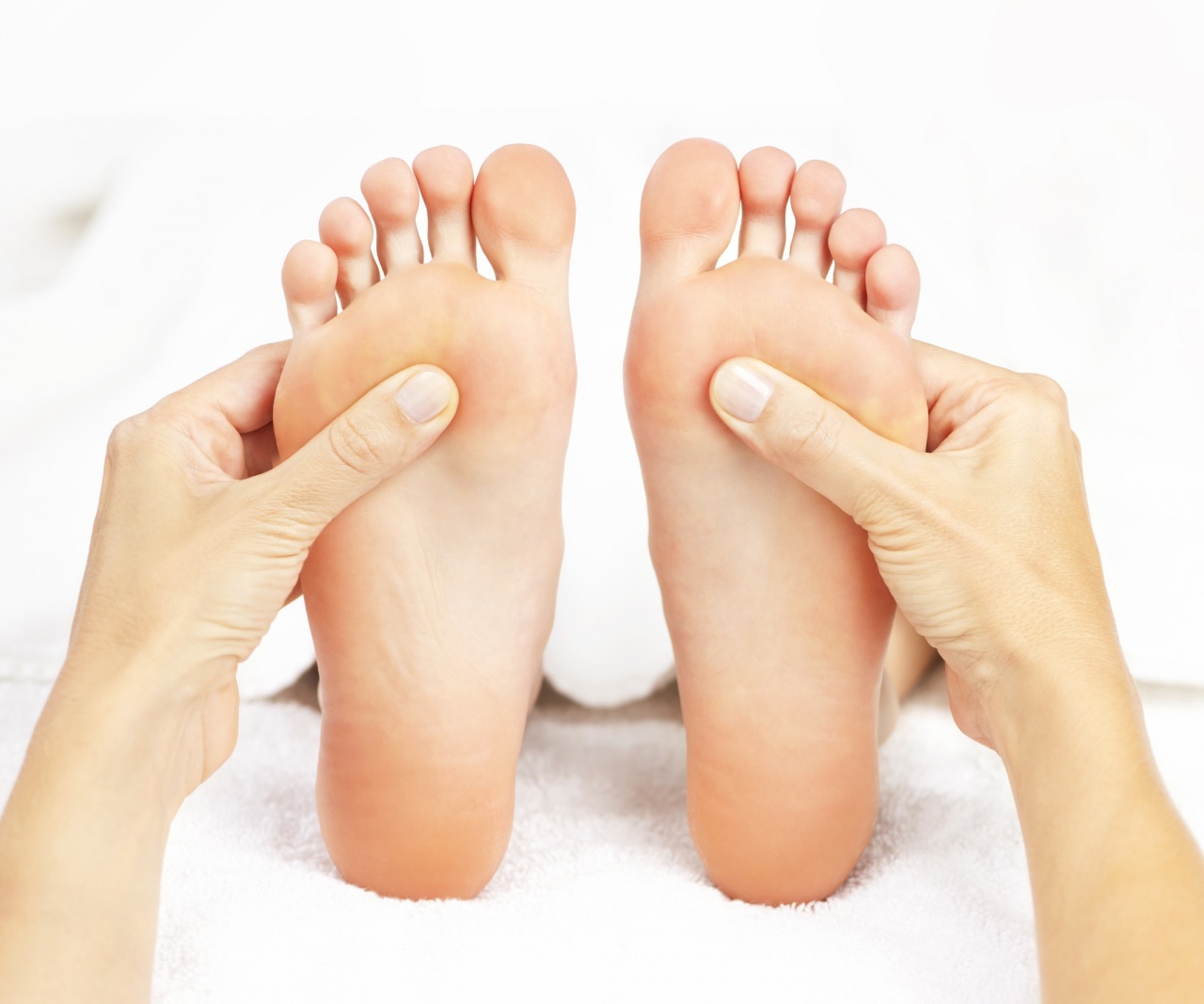Reflexology
What is Reflexology?
Reflexology is the application of pressure to a range of particular points on your hands and feet.
These points form zones that reflect an image of the body with all the organs, glands, tissues and muscles.
Reflexologists divide the body into ten equal vertical zones, five on the right and five on the left.
This is why it is also known as zone therapy.
By manipulating these, using thumbs, finger and hand techniques, health can be improved via one's qi (pronounced ''chee'').
This relieves stress and heals the pain in other parts of the body.
Reflexology is based on similar principles to acupuncture - that our bodies are mapped by channels of energy; we feel pain, or generally unwell, when that flow of energy is being blocked in some way.
By applying pressure along these channels, the reflexologist sends impulses, which unblock and encourage the free flow of energy.
This creates a sense of balance and well-being while stimulating your body's natural healing responses.
What expect?
Reflexology is not a foot massage.
Your therapist may massage your feet a little to relax you before they start, but the technique itself is about applying firm pressure to specific points on the foot.
This can feel a bit odd at first but it can also be a bit overwhelming.
Perhaps if you are very ticklish, try a session of aromatherapy massage instead!
Imagine a pain you've had for years in your upper back melting away in seconds as your reflexologist applies pressure on the ball of your foot!
Chronic tension can be released, and the pain dissolved, instantly with just a single session.
A treatment session typically lasts from about 30 minutes to one hour.
You will get a lot out of that single session but you may like to have several more.
You will feel very relaxed afterwards; it is worth having a snooze or a long bath and luxuriating in the feeling a bit longer.
On the contrary, depending on your treatment, you may feel really energised.
Some people even feel tearful afterwards, just from the release of tension.
As with other treatments, it's a good idea to arrange a session when there aren't too many demands on you afterwards.
You might not give the best impression of caring about this year's sales targets if you are rocking backwards and forwards on your office chair, singing gently to yourself.
It's better to have a session when you have time off or at the end of the day if you can

